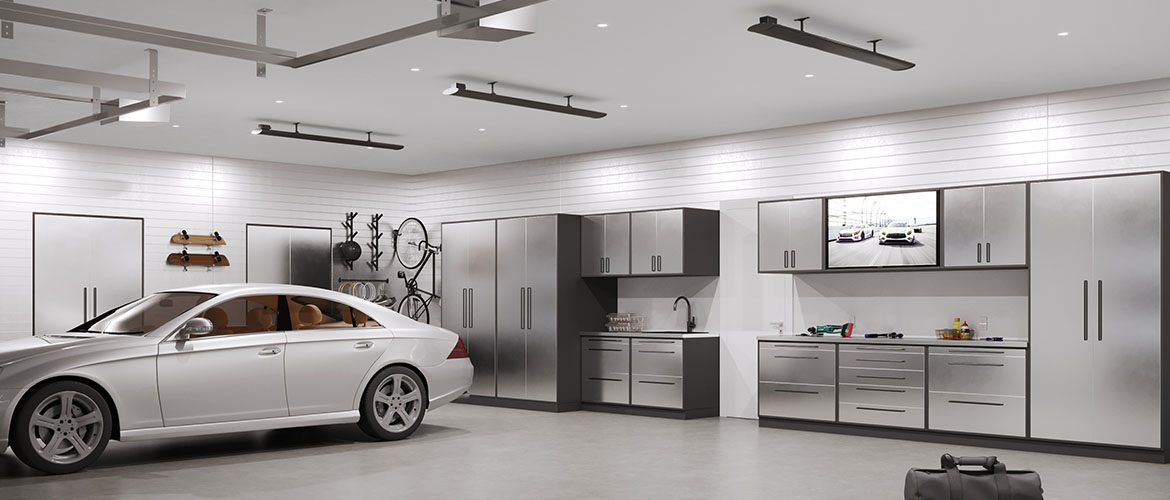Can You Use a Patio Heater Indoors? Avoiding Safety Hazards

Quick Outline
Many of us have been there… You’d like to have additional heat in an indoor space (like a garage, basement or other area where you would like to spend more time), but your current HVAC system doesn’t cover it. Hey, you’ve got that nifty patio heater, and it works fantastically outside, without the wind it will work even better inside… right? Welp, the real answer is “that depends.” Almost all gas heaters ARE NOT TO BE USED INDOORS, which all electric patio heaters work just fine (some better than others, as we’ll note below). There are some exceptions and gotcha’s, so read carefully and pay attention. The answer for your specific space depends on the space itself and the patio heater you have.
The reason that outdoor many patio heaters work so well outdoors is that they have SPACE to vent their obnoxious (and potentially deadly) carbon monoxide (CO) and Nitric Oxide and nitrogen dioxide (NOX) gasses. Without proper ventilation, these gasses may cause the occupants of the house to become drowsy and eventually cause death… both things we’d like to avoid. In fact, recent data shows that 22 people die per year from using gas heating devices indoors… and that’s 22 too many. Don’t do it, not even for a little while.
Symtoms of Carbon Monoxide Poisoning
- Diziness
- Chest Pain
- Confusion
- Blurred Vision
- Headache
- Shortness of Breath
- Nausea
Investigate Your Space
Firstly, let’s talk about your space. If you intend to use a gas patio heater inside, there has to be a tremendous amount of ventilation (by ventilation we don’t mean a door to another room; we mean direct and open access to the outside air). In fact, our patio experts have put their heads together and come up with the definitive guide called the Pre-Installation Checklist for Gas Heaters. This guide clearly details the space required to have a functioning gas heater indoors, if your space isn’t compliant, then a standard gas (natural gas, LP gas or portable of either) isn’t suitable for you to use indoors. A large amount of space (25-50%) in your room has to be directly open to outside air for this to be possible. The best rule of thumb here is that if you’re unsure if you have enough open outside air, the answer is NO, you can’t use your gas heater in that space. Safety is and always will be first.
Are there gas heaters that you can use indoors?
When we say you can’t use a gas heater indoors, that’s a 98% blanket statement that is typically true. There are SPECIFIC gas heaters that are specially built to be vented to the outside through specialized piping, and these gas heaters (when installed properly to manufacturer’s specifications) ARE SAFE TO USE INDOORS. In fact, that’s why they’re so special. Remember that these large gas heating systems put out a TON of heat, so your indoor space needs to be sizable for these to be appropriate. Here’s a couple that we’ve had great experiences with: